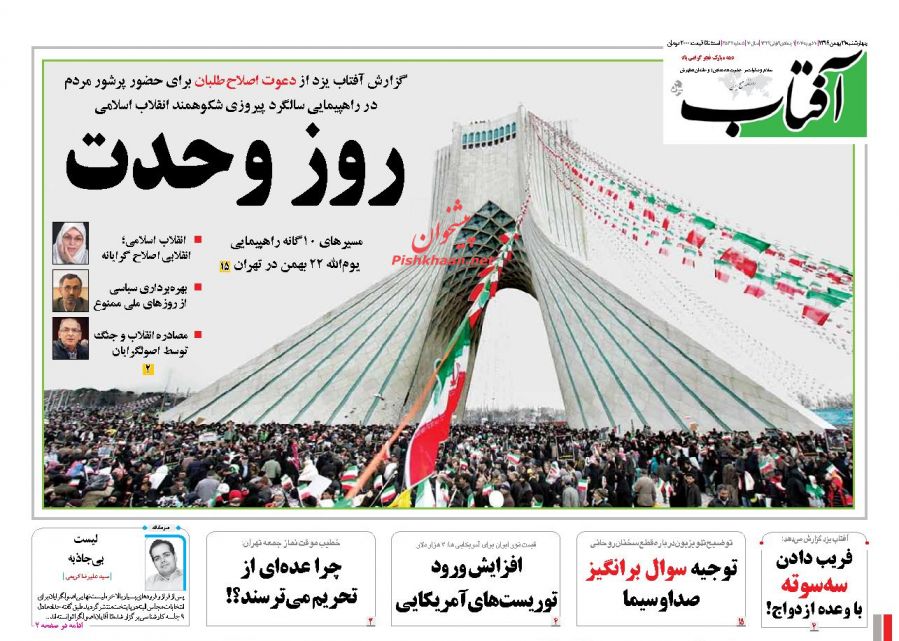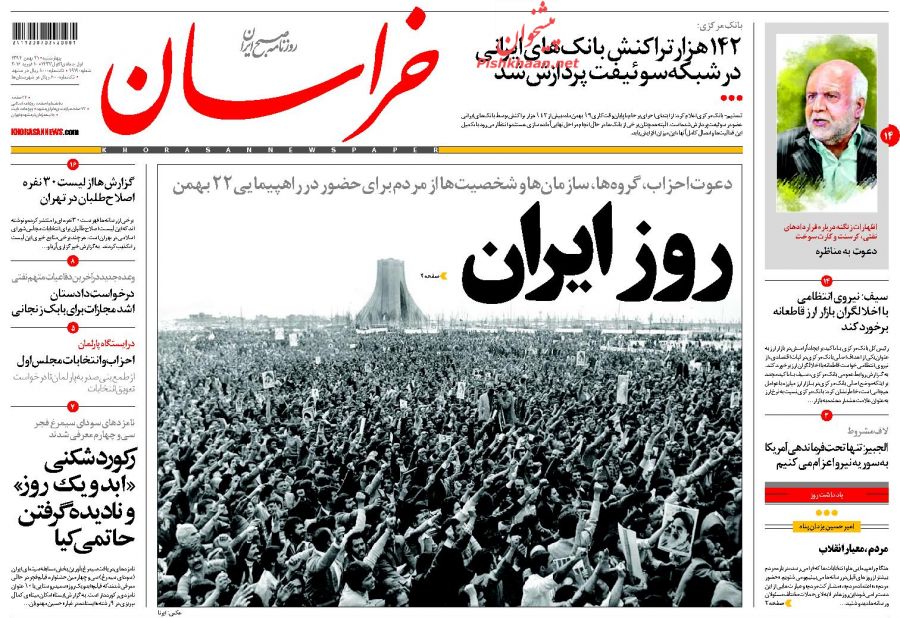 Yoga and wedding arrangements? Not so much..
Yoga and wedding arrangements? Not so much..
State Dept: Top Official Didn’t Know About Hillary’s Server, Even Though He Was On Email Discussing It
DailyCaller: A spokesman for the State Department insisted during a press conference on Wednesday that Patrick Kennedy, the Under Secretary of Management at the department, was not aware Hillary Clinton maintained a private server in her home while she was secretary of state.
But that claim — made by spokesman Mark Toner — is a curious one given that emails published by The Daily Caller last month show that Kennedy was involved in an August 2011 email exchange with two of Clinton’s top aides and another State Department official in which Clinton’s private email server was discussed.
Whether Kennedy knew about Clinton’s private server is a key point in the ongoing email kerfuffle. In his role, the 42-year veteran manages all facets of State Department business, including personnel matters, logistics, information technology, and budgetary issues. He is also the official who has served as the State Department’s main point of contact with Clinton, her attorneys, and her aides throughout the ongoing email scandal. He sent the letters requesting that Clinton and her aides hand their emails over to the State Department.
Given his central position at State, it would stand to reason that Kennedy should have known — and should have been informed — that Clinton was using a private email server housed in her New York residence.
As one reporter put it during Wednesday’s press briefing: “How could he not know if he’s responsible for both [Diplomatic Security] and for the people who do the technical and computer stuff at State?”
But Kennedy knowing about the server would also raise questions about why the career diplomat allowed Clinton to use an email system was vulnerable to outside threats. Not to mention the risks posed by Clinton’s sending and receiving of classified information.
Kennedy’s name popped up on Wednesday when Fox News’ Catherine Herridge reported that he was one of the State Department officials who handled 22 “top secret” emails found on Clinton’s server. Clinton and her aides, Jake Sullivan, Huma Abedin, Cheryl Mills, and Philippe Reines all either sent the sensitive emails, received them, forwarded them, or commented on them.
The State Department has determined that the emails are so sensitive that they will be withheld from the Clinton records being released in batches at the end of each month since June.
Fox’s Herridge also reported that Kennedy told the House Select Committee on Benghazi during an interview earlier this month that he knew about Clinton’s personal email account from the beginning of her tenure, but that he was not aware of the “scope” of its use for government business.
A spokesperson for the Committee declined to comment on matters involving private interviews.
During Wednesday’s questioning, Toner said three times that Kennedy, who frequently emailed with Clinton about work-related issues, did not know about Clinton’s private server.
“He’s spoken to it before — or we’ve spoken to it before — that he did not have knowledge of the computer server that she set up in her residence,” said Toner, who also stated that Kennedy told the Benghazi Committee that he did not know about the server.
“What his knowledge or what his awareness at the time — other than what he has said already, or what we have said already — which is that he was not aware of her having a private server at her home,” Toner said later in the press briefing.
But an Aug. 30, 2011 email chain obtained by TheDC last month through a FOIA lawsuit shows that Kennedy was involved in a conversation that explicitly mentioned Clinton’s server.
In the email, Stephen Mull, then-executive secretary at State, thanked Cheryl Mills for alerting him to problems that Clinton was having sending emails on the personal Blackberry that she used to send and receive work email. The Blackberry was “malfunctioning,” Mull noted, “possibly because of [sic] her personal email server is down.”
Kennedy was copied on that email as well as on a response from Abedin. On top of indicating that Kennedy was made aware of Clinton’s use of a personal server, the emails also show that Abedin, Clinton’s deputy chief of staff and an official on her presidential campaign, vetoed a proposal to set Clinton up with a second Blackberry equipped with a State.gov email address.
“Doesn’t make a whole lot of sense,” Abedin said in response to the proposal. Clinton was never provided a State Department-issued Blackberry. Why Kennedy did not intervene at that time is anybody’s guess.
TheDC reached out to the State Department to find out more about the apparent inconsistency between Toner’s comments on Wednesday and the August 2011 emails. Perhaps Kennedy didn’t see the email? Perhaps he assumed that another email server that was linked to Clinton’s Blackberry was being discussed by Stephen Mull, the executive secretary of State?
But the agency provided few additional details.
“Today the State Department indicated that comments made by Under Secretary Kennedy to the Benghazi Committee were being misconstrued. Beyond that, we are not going to speak to this further,” a State Department official told TheDC.
Hat tip Chuck!




